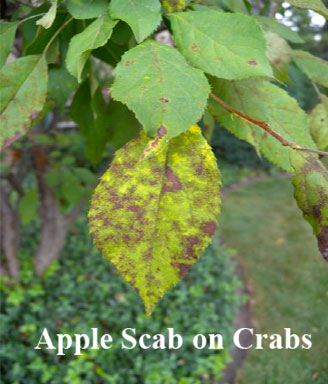Tree of the Month
/Crabapple, malus
by: Lesley Bruce Smith, ISA Certified Arborist
Photos by Lesley Bruce Smith
Crab trees are to the Chicago area what Southern Magnolias are to the State of Georgia, one of our most ubiquitous flowering trees. The amazing show of spring color that the Crab trees in the midwest display are among our most treasured garden treats. The Crabapple trees and all species of the rose family, of which they are a part, are the most cultivated tree species in the horticulturist’s palette. We have over 500 different varieties of Crab trees and that doesn’t even include all the Malus species that include the eating apples we have cultivated. But who can blame us, for the riotous spring explosion after our long hard winters and the long history of their use as food.
Read More





